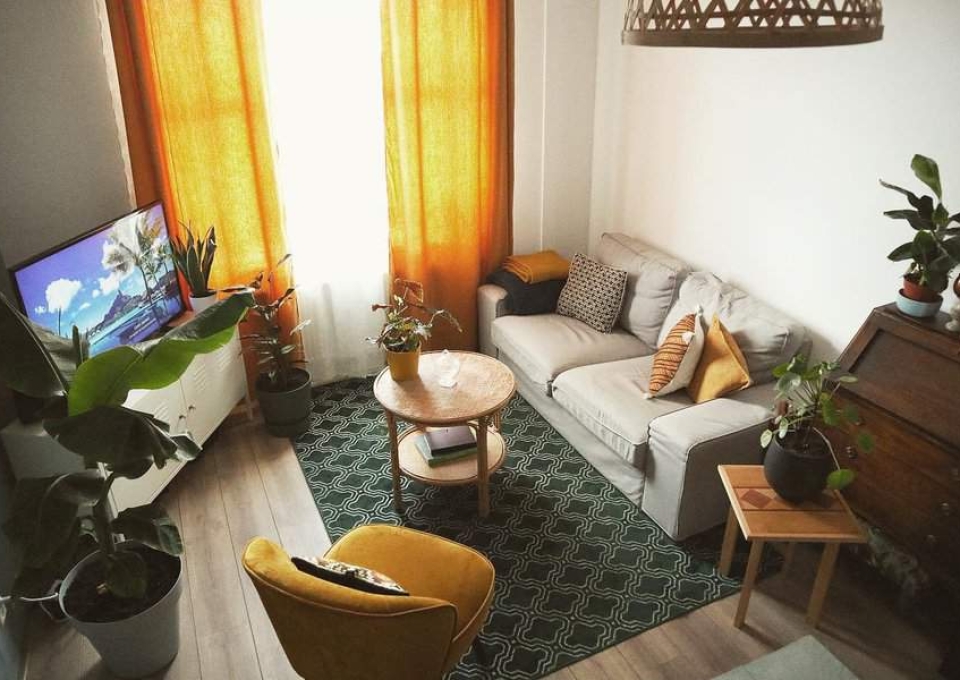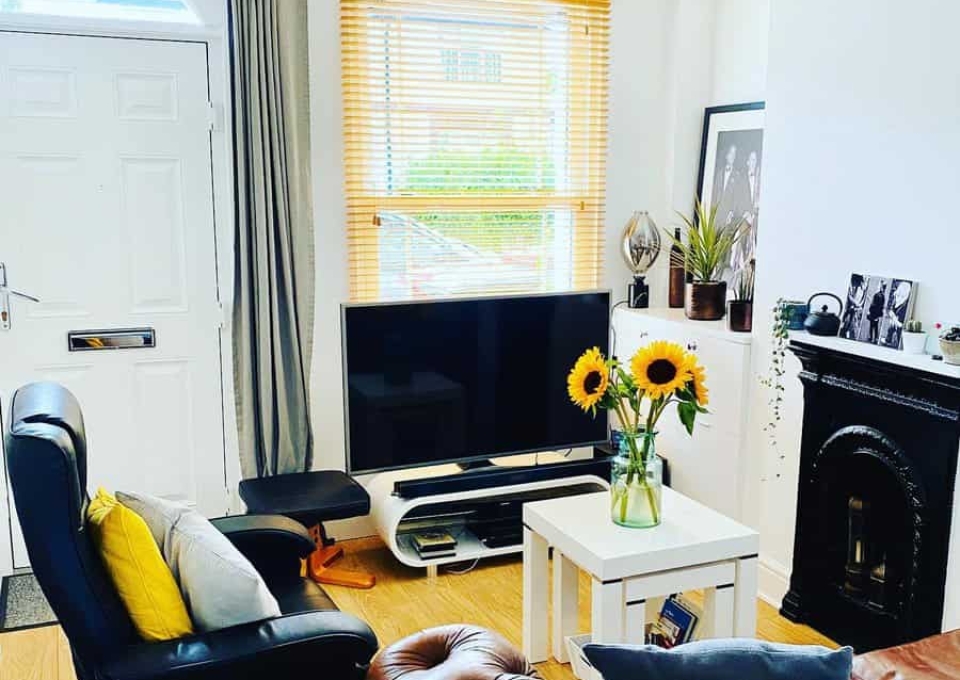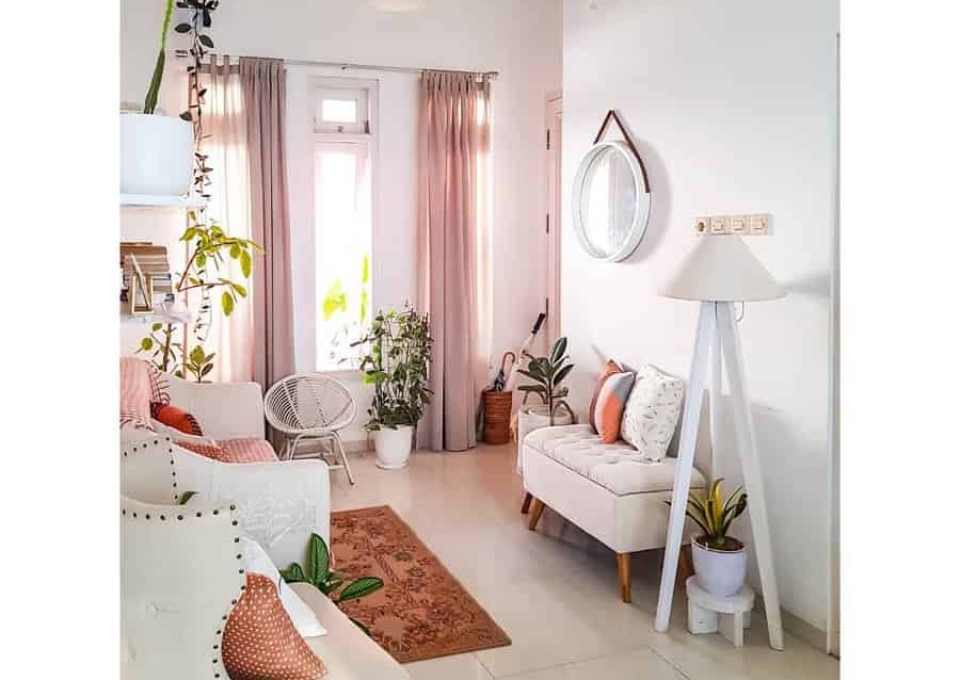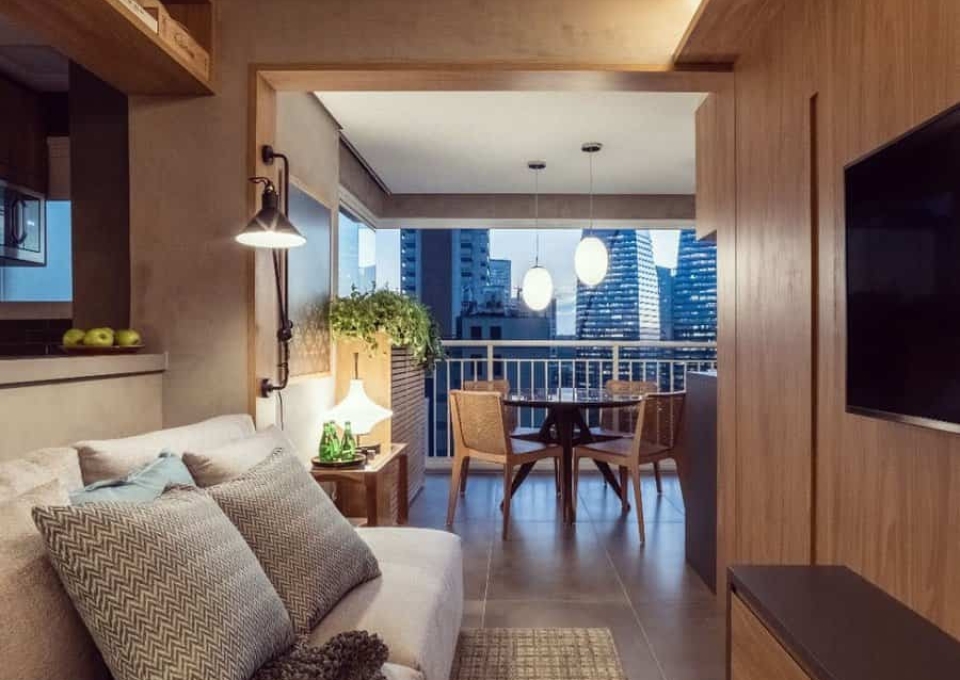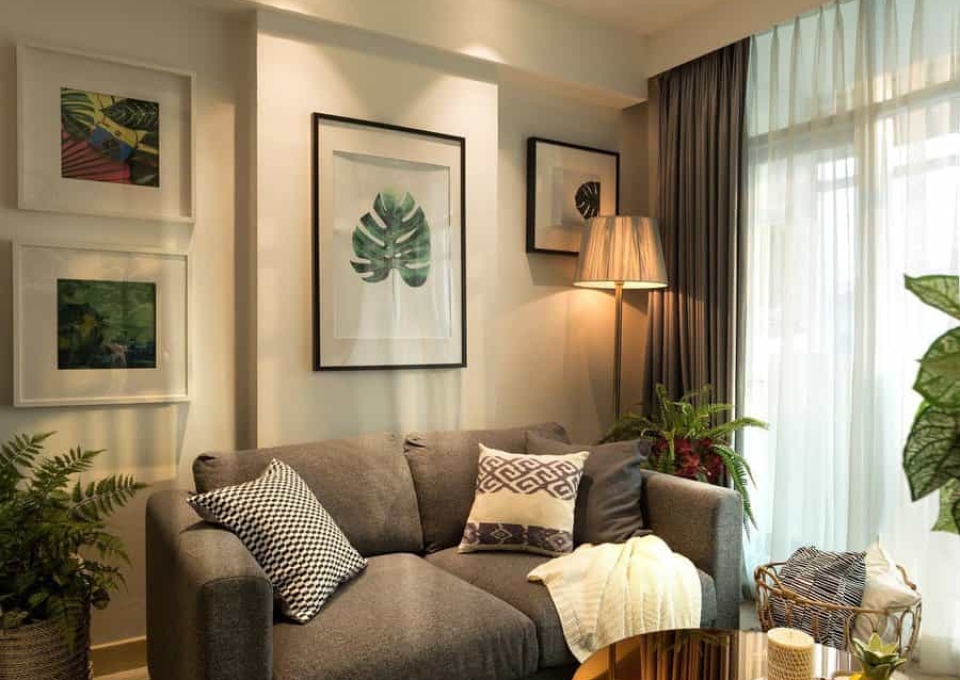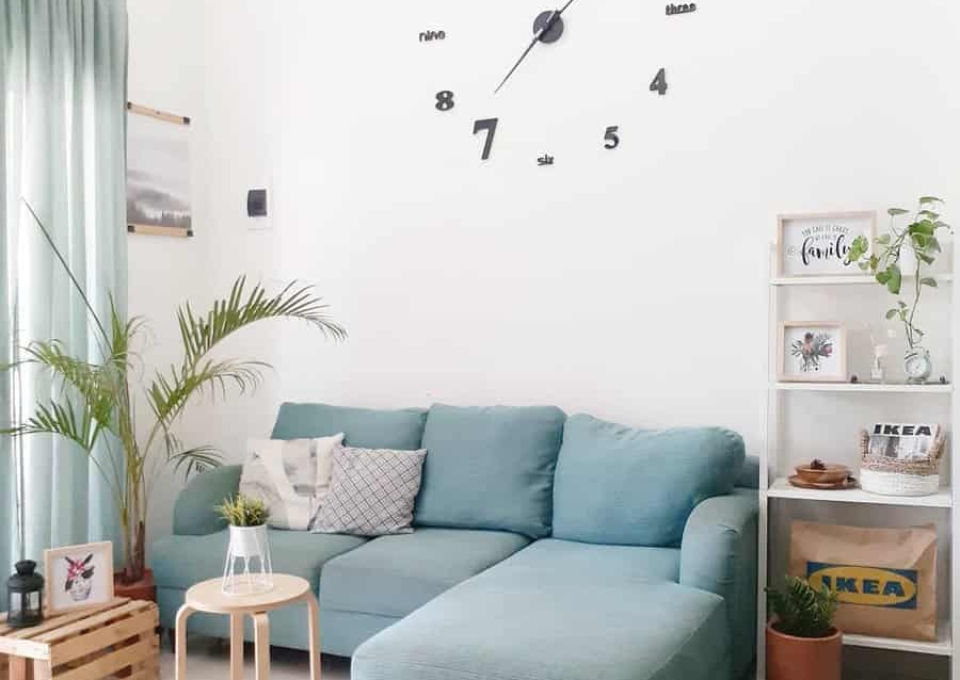Introduction
Contents

Understanding the Importance of Space Optimization
Optimizing space is more than just saving room. It’s about creating an environment that is open, functional, and inviting. In small living rooms, every inch matters, so it’s essential to use smart design principles to maximize space without compromising style.
Why Small Living Room Design Matters
Efficiency meets aesthetics in small living room designs. These spaces encourage creative thinking, pushing the limits of what can be achieved within limited square footage. A well-designed small living room can improve daily living, demonstrating that size does not restrict comfort and style.
Maximizing Small Living Spaces: A Triple Advantage
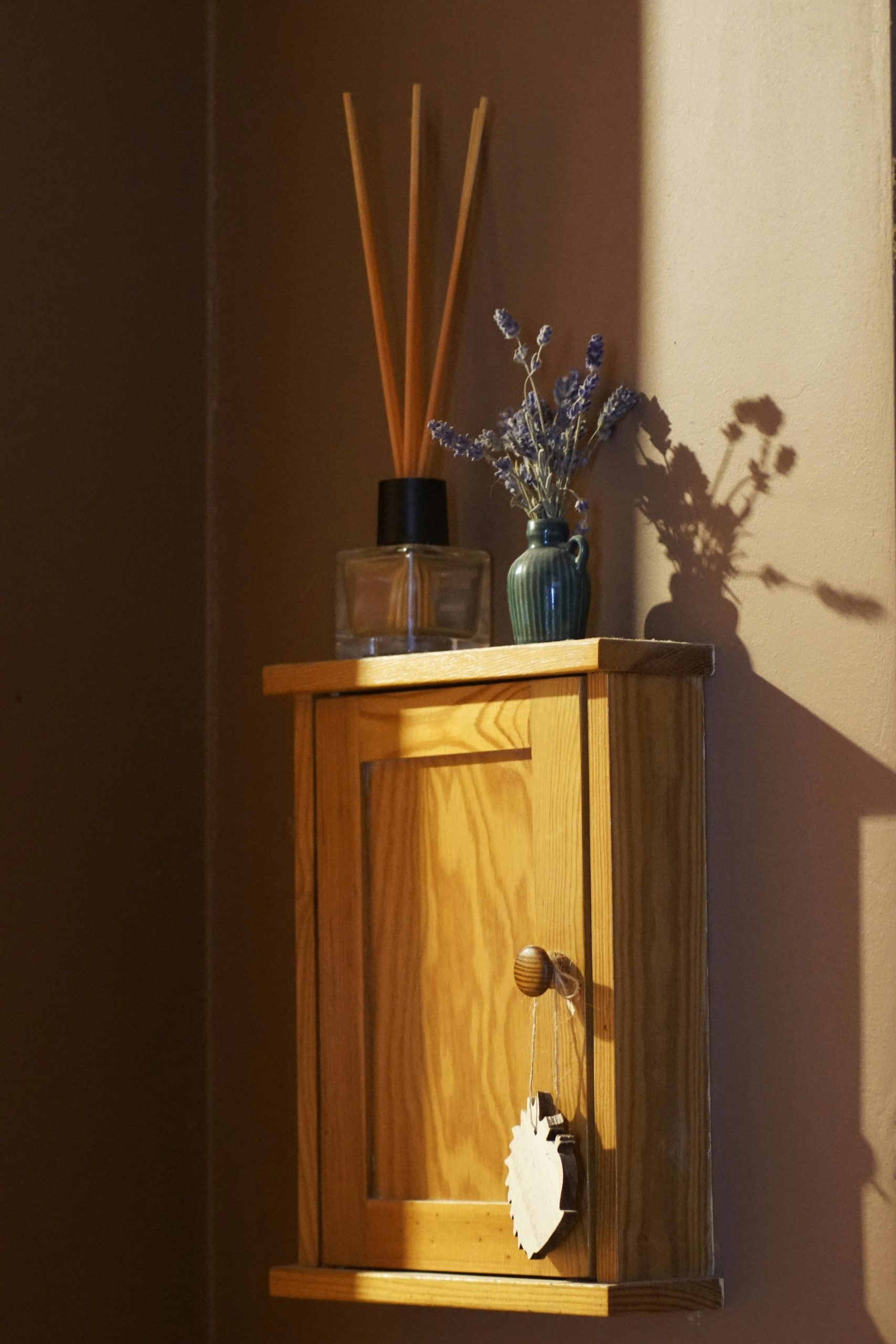
Enhancing Functionality
Maximize every inch of a small living room by using multi-functional furniture and smart storage solutions. This strategy turns a tight space into an efficient area. It simplifies daily tasks and keeps the room organized.
Boosting Aesthetic Appeal
Strategic design can transform small spaces into visually appealing areas. Use light colors, reflective surfaces, and streamlined furniture to create an illusion of more space. Thoughtful arrangements and decor choices enhance the room’s style, making it both functional and attractive.
Increasing Property Value
- Smart layouts and modern designs attract potential buyers.
- Well-planned spaces can significantly boost property values.
- Investing in quality design demonstrates care and foresight, which are highly valued in real estate.
Preparing to Redesign Your Small Living Room
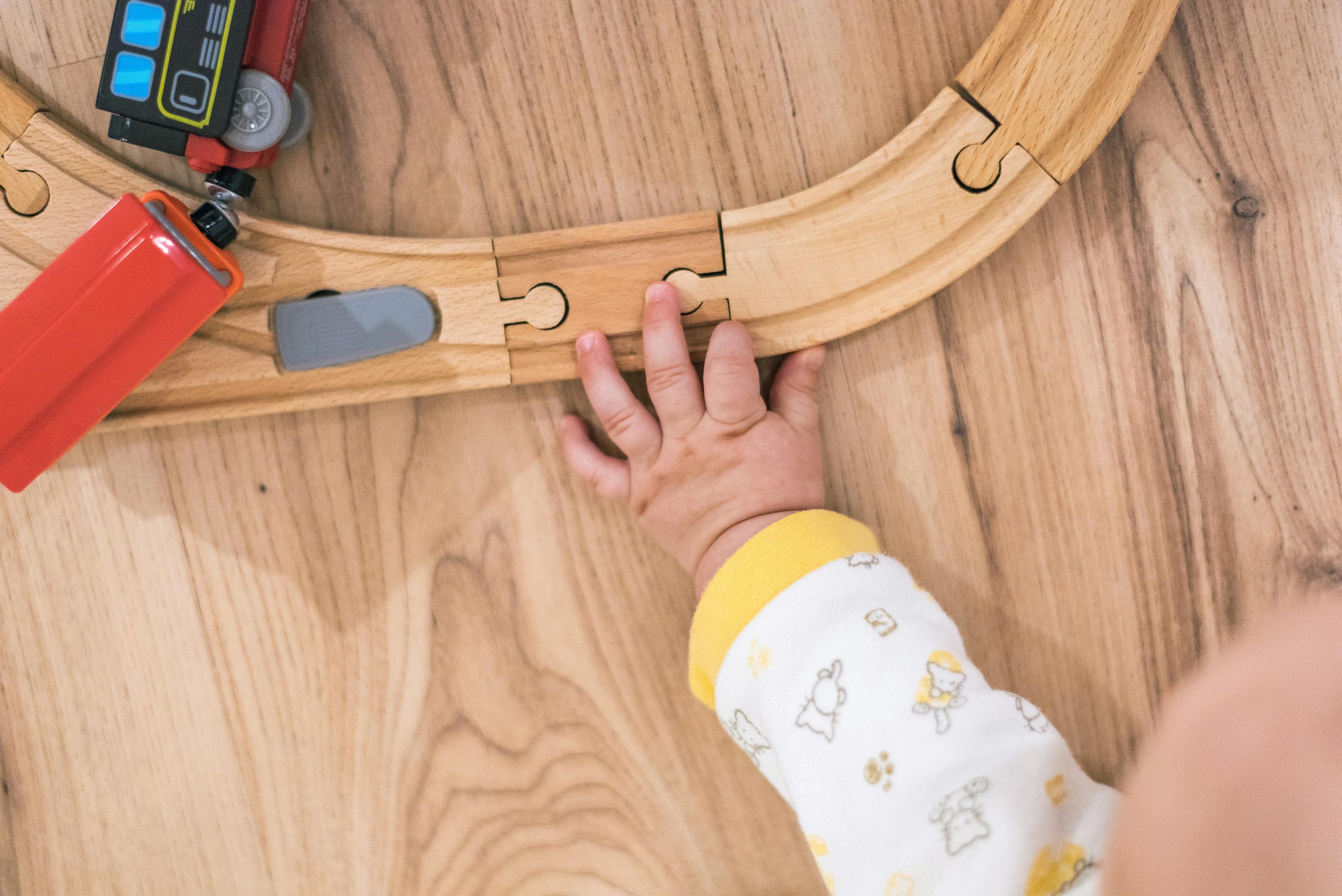
Assessing Your Current Space
Start by evaluating your living room. Identify what works and what doesn’t. Consider natural light, traffic flow, and how the space is used. This initial assessment is crucial for effective design planning.
Setting Design Goals
Picture your perfect living room. Should it be a peaceful retreat or a lively space for gatherings? Defining clear, attainable goals helps align your redesign with your lifestyle, making the space both attractive and practical.
Budget Considerations
- Plan your budget wisely: Prioritize spending on essential items like seating and storage.
- Look for cost-effective options: Refurbish existing furniture or shop at thrift stores.
- A well-planned budget helps avoid impulsive purchases, making the most of your financial resources and design goals.
Design Principles for Small Spaces

Utilizing Light and Color
Light and color can help make a space feel larger. Choose light colors that reflect natural light to create a sense of openness. Place mirrors strategically to enhance this effect, making the room appear bigger.
Choosing the Right Furniture
- Choose multi-functional furniture: Items like a sofa bed or an ottoman with storage can save space and add utility.
- Pick furniture with slim profiles and raised legs to create a sense of openness and free up visual space.
Strategic Placement of Decor Elements
Place key decor items to direct attention upward or toward focal points like vibrant art pieces or unique light fixtures. This approach personalizes the space and alters the perception of the room’s size and scale, making it feel larger and more welcoming.
Enlivening Tiny Living Spaces with Area Rugs
Step into a space where each area rug enhances the ambiance, transforming small living rooms into areas of comfort and style. A well-chosen rug not only anchors your furniture but also unifies the space and texture.
Imagine a burst of color on the floor—a rug in mustard and orange hues that adds warmth to the room. Or consider a rug with subtle elegance, its muted tones blending different pieces into a cohesive ensemble.
Area rugs do more than decorate; they create a sanctuary. They protect your floors and provide a soft surface underfoot. When selecting, consider both the rug’s material and design to ensure it complements your space and preferences.
- Define Spaces Use rugs to create distinct areas within a room, making a small space multifunctional.
- Add Warmth Choose textures that invite bare feet to step, sit, and relax.
- Unify Elements Select patterns that tie together colors and furnishings for a cohesive look.
Infuse Energy with Yellow Accents in Tiny Living Rooms
Transform your tiny living room with a splash of color. Yellow accents can infuse the space with a vibrant, energetic vibe that’s both welcoming and heartwarming. In a compact area, these sunny touches draw the eye and brighten corners with intention and flair.
Introduce yellow selectively—think a plush cushion, a striking vase, or a piece of art. These are your rays of sunshine, subtly interspersed. Balance is crucial; a hint of yellow complements neutrals, creating a snug, animated space without tipping into excess.
The images below illustrate the transformative power of yellow in snug interiors:
As you explore *The Top 58 Tiny Living Room Ideas*, observe the warmth and character that yellow details inject. This isn’t just about looks; it’s about shaping a space that radiates happiness and sparks creativity—a petite area with an expansive spirit.
For more inspiration, dive into Apartment Therapy’s treasure trove of small-space design solutions.
Color Block Accents in Tiny Living Rooms
Transform your small living room with color block accents. These bold colors define spaces and create focal points, making the room appear larger. Imagine a cerulean blue ottoman against mustard walls, creating a vibrant and lively corner.
Color blocks can highlight architectural features or hide less desirable areas. Balance is key—aim for a harmonious contrast that adds personality without overwhelming. Mix complementary colors or explore shades within a single hue to set a welcoming and bold mood.
In a small living room, every inch counts. Color blocking is a strategic use of light and space, celebrating individuality in limited square meters.

- Define Zones Use color blocks to mark out different areas, making the room multifunctional.
- Create Contrast Pair bold colors with neutrals for a look that pops without overwhelming.
- Highlight Features Draw attention to architectural details with strategic color placement.
Infusing Life with Plants in Tiny Living Spaces
Transform your small living area into a green oasis where plants enhance the atmosphere with their lively presence. A strategically placed fern or a tall monstera can make a cramped room feel like a peaceful retreat. Plants are not just decor; they are essential elements that bring a touch of nature into your urban home.
Optimize your space with vertical gardens; they provide a lush backdrop without taking up floor space. Succulents on the windowsill and herbs adding fragrance to the air are more than just plants; they are integral parts of your daily life, improving your space both functionally and aesthetically.
Plants offer more than visual appeal; they purify the air, promoting a healthier living environment. Small pots allow you to easily rearrange your greenery, creating fresh looks that match your mood or the seasons.
Let vines trail and hang planters high; these additions not only bring life but also create an illusion of more space by drawing the eye upward. In your carefully designed living area, each plant represents growth and resilience.
Maximizing Narrow Living Room Spaces
Unlock the potential of a narrow living room with smart, space-enhancing strategies. Choose furniture that fits—opt for slim silhouettes and low profiles to maintain an airy feel. A narrow sofa paired with a slender coffee table can create the illusion of a wider space.
Mount your TV and use floating shelves to free up valuable floor space. Mirrors can help magnify the room’s dimensions when placed opposite windows, reflecting light and making the space feel larger.
Use light wall colors for an expansive effect, and reserve darker shades for accent walls to add depth and character. Guide the gaze with rugs that stretch the room’s length, leading the eye along its natural lines.
Layered lighting is essential—combine different sources to create interest and draw attention away from the room’s narrowness. Utilize custom storage solutions that extend vertically to store essentials without cluttering the floor.
Transform your narrow space into a cozy retreat with these practical design tips.
L-Shaped Daybeds: Maximizing Comfort in Tiny Living Rooms
Transform your small living room with the practical L-shaped daybed, a design marvel that combines comfort and functionality. Effortlessly chic, these daybeds provide a perfect solution for those needing both a cozy lounge area and an extra sleeping space.
By efficiently using corners, these daybeds maximize the potential of every square inch. They allow you to lounge, relax, and entertain with ease, all while adding style to your space. Whether you prefer modern lines or the charm of a country cottage, there’s an L-shaped daybed to match your decor.
Embrace the benefits of multifunctional furniture. An L-shaped daybed in your living room is not just a smart choice—it’s a practical one.
Consider the following to enhance your living space:
- Space-Saving Design Utilize every corner with an L-shaped daybed that doubles as a guest bed.
- Style Versatility Match your decor with a range of designs from minimalist to rustic.
- Functionality Enjoy the dual benefits of seating and sleeping in one elegant piece.
Pastel Color Schemes: A Serene Touch to Tiny Living Rooms
Step into a world where every hue whispers tranquility. Pastel color schemes are the secret to expanding the visual horizon of your tiny living room. Picture this: walls bathed in the softest baby blue or a hint of mint green, a canvas that reflects light and soothes the soul.
It’s not just about a splash of paint; it’s about curating a space that sings in harmony. Choose furnishings that echo the pastel palette—think pale pinks and soft lavenders. They create a seamless visual flow, making your space feel boundless. Accents like cushions and throws in creamy yellows add a touch of warmth, inviting you to relax and unwind.
Remember, balance is key. A dash of neutral tones will anchor your pastels, preventing the sweetness from becoming overpowering. This is the art of design—creating a space that envelops you in a gentle embrace, a haven of comfort and peace.
Maximizing Space with Minimalist Furniture
Imagine a small living room where every piece of furniture serves a purpose and enhances the space. Minimalist furniture, with its sleek lines and multi-functional designs, can make a room feel more spacious and welcoming.
Every square inch counts. Choose a stylish, multi-functional sofa with storage or a wall-mounted desk that seamlessly integrates into your space, offering utility without sacrificing elegance. The beauty of minimalist pieces is their ability to combine functionality with style, keeping your living room uncluttered and refined.
Light colors and reflective materials are essential in minimalist design, creating an airy feel that makes the room appear larger. When selecting furniture, prioritize quality. A single, well-crafted chair can have a more significant impact than several mediocre items.
Minimalism is about making intentional choices that allow your small living room to adapt with ease and sophistication.
Here are some minimalist must-haves for your living room:
- Streamlined Storage: Opt for sofas with built-in drawers or ottomans with hidden compartments.
- Convertible Pieces: Invest in furniture that transforms, like a coffee table that doubles as a dining space.
- Reflective Surfaces: Choose glass or glossy finishes to reflect light and create a sense of openness.
Maximizing Space with Pull-Out Furniture
Discover the practicality of pull-out furniture—a game-changer in small living room setups. These smartly designed pieces offer both style and function without taking up extra space. A sofa that easily converts into a bed or an ottoman with hidden storage showcases the dual-purpose brilliance of these designs.
Entertaining guests? Imagine a coffee table that expands to accommodate more people and then neatly folds away. Every square inch counts, and pull-out furniture ensures each one is used efficiently. These items are not just space-savers; they adapt seamlessly to your lifestyle needs.
Seeing the transformation of pull-out furniture highlights a perfect blend of design and utility.

Monochromatic Elegance in Tiny Living Spaces
Step into a world where color is both the hero and the canvas. A monochromatic palette breathes life into small living rooms, creating a seamless flow that feels both expansive and intimate. Depth and dimension emerge through a variety of shades, textures, and materials, all harmonizing together.
Imagine a spectrum of greys, from dove to charcoal, adorning walls and furniture. Here, wood accents add warmth, bringing a touch of nature into your urban space. Each piece, fabric, and ornament is carefully chosen to enhance the overall harmony.
Lighting shapes the space with shadows and highlights, enhancing the mix of soft fabrics and sleek surfaces. Subtle patterns add complexity to the monochrome without causing clutter.
A grey-toned space is not just a trend; it’s a testament to timeless elegance and versatility. It serves as a backdrop that adapts to your style, whether it’s minimalist modernity or cozy chic.
Use this as inspiration to create a tranquil retreat, where functionality meets beauty in every inch. Transform your tiny living room into a grand experience, a monochromatic masterpiece that speaks volumes in shades of grey.
Maximizing Space with Corner Couches
Transform your cozy living room with a smart corner couch. Its L-shaped design efficiently uses space by fitting into corners, making your room feel more spacious. Choose light shades to enhance the sense of openness, or opt for a model with hidden storage to keep living essentials out of sight.
Pair your corner couch with streamlined furnishings and floating shelves to maximize floor space and maintain a tidy look. Elevate the couch on legs to allow light to pass underneath, creating an illusion of more space.
For entertaining, the corner couch provides ample seating without crowding the room. It’s a versatile piece that combines comfort with functionality, making the most of every square inch.

Here are a few tips to ensure your corner couch selection is spot-on:
- Color Matters: Opt for neutrals or pastels to maintain an airy vibe.
- Functionality First: Seek out couches with built-in storage for practicality.
- Leggy Looks: A raised couch promotes a sense of openness.
- Sleek Companions: Complement with slender furniture pieces.
Maximizing Aesthetics with Wall Decor in Tiny Living Rooms
Transforming a small living room into a visually larger space requires strategic design. Mirrors can be placed to reflect light and scenery, creating an illusion of depth and making the room appear more spacious.
Utilize vertical space with art that features vertical lines to draw the eye upward, emphasizing the room’s height. Floating shelves offer storage and display options without taking up floor space, allowing you to showcase personal items efficiently.
Wall-mounted lighting adds warmth and character while keeping tabletops free. For a touch of personality, removable wallpaper or decals can be easily updated to match your evolving tastes.
Wall planters bring a touch of nature indoors, creating a vertical garden that adds freshness to the room.
Every element in a tiny living room should be chosen with purpose, balancing form and function to enhance and personalize the space.

Merged Kitchen and Living Room Spaces
Embrace the trend of open-plan living where the kitchen and living room blend into a unified space. This layout, common in tiny home design, maximizes square footage and promotes a sense of community. Imagine a space where cooking and socializing happen simultaneously, with friends relaxing nearby.
The open-plan concept removes physical and visual barriers. It allows natural light to fill the room, creating a spacious atmosphere. Furniture placement becomes strategic, defining areas without walls. A kitchen island, for example, can function as a cooking station during the day and a dining table at night.
Consider the benefits:
- Enhanced Interaction – No more shouting from the kitchen to the living room; everyone stays connected.
- Visual Spaciousness – The open view makes even small rooms feel larger.
- Multi-Functional Furniture – Dual-purpose pieces save space and enhance room flow.
By adopting this design, you create a space that is both efficient and welcoming.
In Closing
Maximize your small living space by incorporating multifunctional furniture and smart design strategies. These practical solutions can turn a compact area into a stylish and functional living room. Enhancing both the usability and visual appeal of your space can also increase its value. Each design choice you make can significantly impact comfort and style. Use these ideas to create a living room that feels open, inviting, and uniquely yours.

